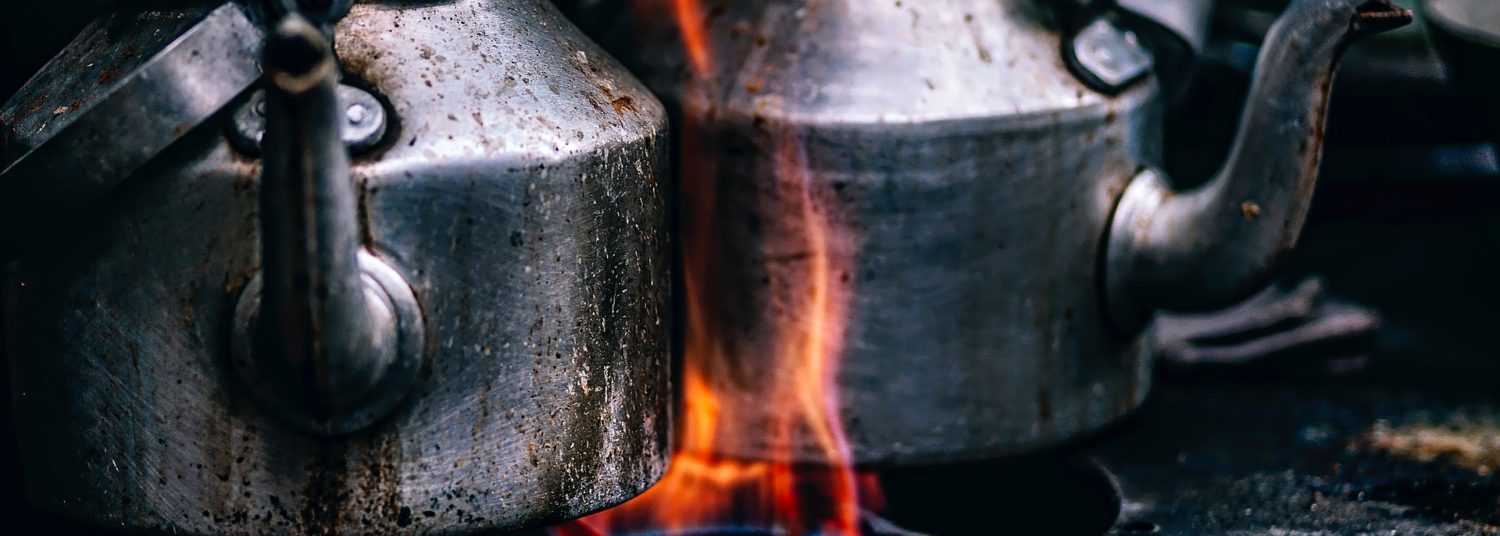Podcast: Play in new window | Download
Subscribe: RSS

The history of Pringles begins in 1956. Proctor & Gamble had been receiving many complaints about greasy, stale and broken chips. I can relate to this. I absolutely hate when my bag of chips quickly turns into a pile of crumbs. Proctor & Gamble decided to do something about it and tasked Frederic J. Baur to work on the project.
He worked and worked designing everything from the shape to the can that they were sold in. The shape is actually incredibly important. Scientists actually used super computers to create what is called a hyperbolic paraboloid. They were designed to take advantage of unique aerodynamics that would keep them in place, without breaking, while shipping.
Baur poured a lot of time and energy into the product. Ultimately he was assigned to other work. The reason? He couldn’t make Pringles taste good. He nailed the shape and breakabilityx, but he couldn’t figure out the taste. This is where Alexander Liepa comes into the picture.
Alexander picked up where Baur left off. He succeeded in improving the taste and his name is on the patent, even though his name is on the patent, there is no disputing that Baur was the creator of the Pringle. Gene Wolfe, who was a mechanical engineer, developed the machine that cooks the Pringles. He is best known his science fiction and fantasy novels. I for one am happy for his contribution to the culinary world.
What’s In A Name?
When considering the history of Pringles, there is a lot of debate and speculation surrounding the name. Where did the name “Pringles” come from? The two most likely theories are this. Mark Pringle filed a patent back in 1937 for for a method and apparatus for processing potatoes. So this was a nice way of recognizing him. Furthermore, Proctor & Gamble also cited Pringle’s work when they filed their own patent for improving the taste of dehydrated potatoes.
Another theory is that two advertising employees for Proctor & Gamble lived on a street called Pringle Drive in Finneytown, OH.
Pringles Hit Shelves
Once Proctor and Gamble had a complete product, they began selling Pringles on store shelves in limited areas in 1967. They became super popular and other chip manufacturers took notice. They took issue with Proctor & Gamble calling the snack a chip. In 1975, the FDA ruled that Proctor & Gamble couldn’t sell Pringles as a chip unless they included a disclaimer saying that they were a chip made from dehydrated potato. However, they didn’t want to do that and called them potato crisps instead.
Recently Proctor & Gamble had to argue in the London High Court that a Pringle wasn’t technically a crisp. In England, they call potato chips crisps, and chips are more like fries. Furthermore, they argued that the product is only 42% potato and the shape is not found in nature. The court agreed with them.
Ingredients
So what actually goes into a Pringle? They are 42% dehydrated potato. Pringles also contain wheat starch and different flours. They also contain some oil, emulsifiers and seasonings. It is a brilliant snack food that was developed by scientists in a lab. It has been interesting reading about the science and engineering that went into developing the humble Pringle.
If You Liked Learning About The History of Pringles, Subscribe To The Toasty Kettle Podcast Using These Links
If you use another pod catcher and you don’t see it here, let me know and I’ll try to get the show added wherever you like to listen to podcasts. Furthermore, leave a note in the comments or send a message to toastykettle@gmail.com.
Follow Me On Social Media
Know A Restaurant or Business I Should Interview??
The world is a very big place. However, if you have a restaurant contributing to food history in some way, I want to know about it. Finally, complete the form here and we will make it happen!

Pingback:No One Believed In These ‘Fake’ Chips. Then He Made Billions – BizDocs TV